Transforming Fishery Waste into High Value Products
By. Sofie Thoriq - 30 Sep 2025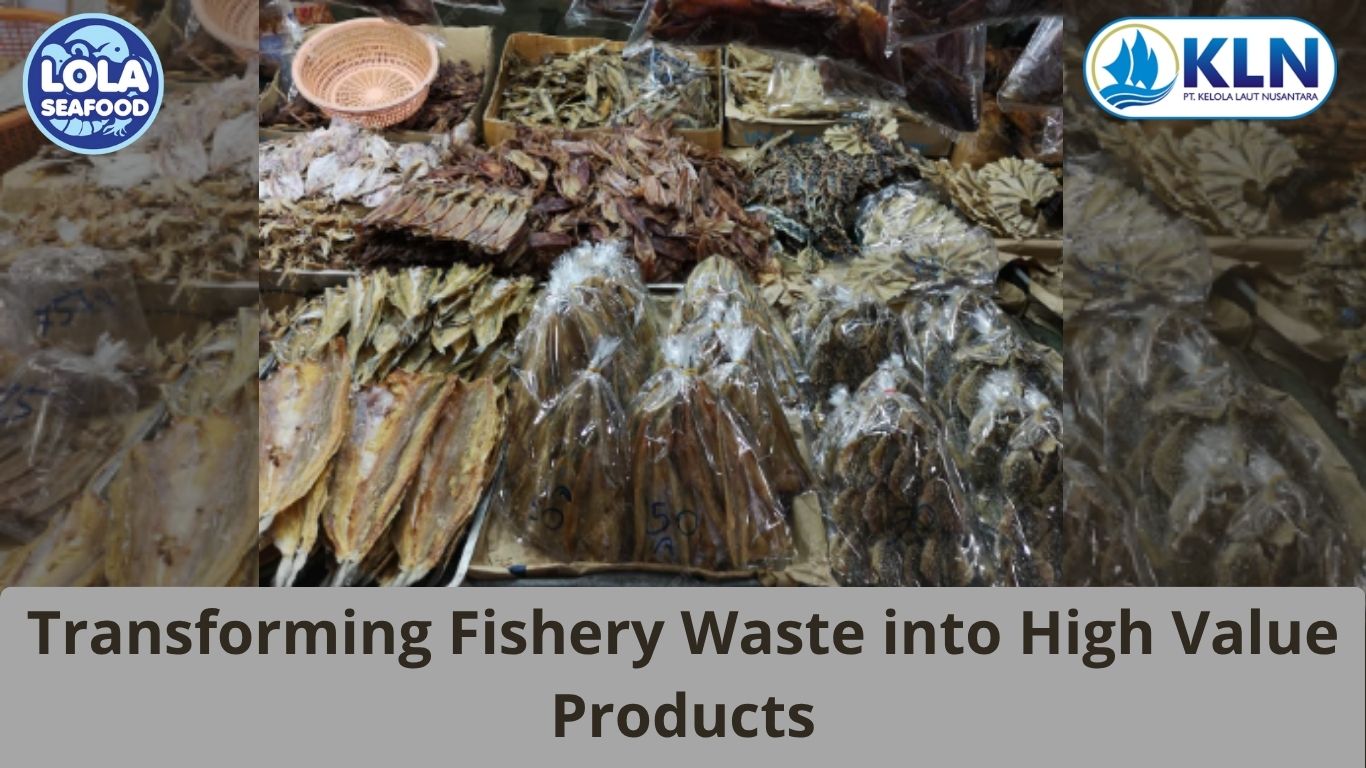
Kelolalaut.com Utilization of fishery waste is an important topic in fisheries, food security, and environmental sustainability. Instead of being discarded, fishery by-products (like heads, bones, skin, scales, viscera, shells, etc.) can be processed into valuable products with economic and nutritional benefits. Here are the main ways fishery waste can be utilized :
1. Animal Feed
- Fish meal: Made from fish trimmings, rich in protein and essential amino acids, widely used in aquaculture, poultry, and livestock feed.
- Fish silage: A fermented product from fish waste, cost-effective and used as feed in aquaculture.
2. Fertilizers and Soil Conditioners
- Fish waste can be converted into organic fertilizers, supplying nitrogen, phosphorus, and trace minerals.
- Chitin and chitosan from crustacean shells improve soil health and plant growth.
3. Bioactive Compounds & Nutraceuticals
- Collagen & gelatin: Extracted from fish skin, scales, and bones, widely used in pharmaceuticals, cosmetics, and food.
- Chitin & chitosan: From shrimp and crab shells, with applications in food preservation, medicine, and water treatment.
- Fish oil & omega-3 fatty acids: From fish heads and viscera, beneficial for heart and brain health.
4. Energy Production
- Biogas: Anaerobic digestion of fish waste produces methane for renewable energy.
- Biodiesel: Fish oil can be converted into biodiesel, reducing reliance on fossil fuels.
5. Food Products
- Surimi from fish trimmings (used in imitation crab sticks, fish balls, etc.).
- Fish protein hydrolysates used as food supplements or flavor enhancers.
6. Industrial Uses
- Enzymes (e.g., proteases, lipases) extracted from fish viscera for use in detergents, food processing, and pharmaceuticals.
- Fish scales as raw material for bioplastics and even pearlescent pigments in cosmetics.
Benefits of Utilizing Fishery Waste
- Reduces environmental pollution from discarded waste.
- Provides additional income sources for fisheries and coastal communities.
- Supports circular economy and sustainable fisheries.
When we talk about profitable fishery waste production, we’re looking at ways to transform what was once considered “waste” into high-value products that generate significant income. Here are some of the most profitable fishery waste utilizations :
1. Fish Oil & Omega-3 Supplements
- Source: Fish heads, liver, viscera.
- Products: Omega-3 capsules, functional foods, cosmetics.
- Profitability: Very high due to strong global demand for health supplements.
2. Collagen & Gelatin
- Source: Fish skin, scales, bones.
- Products: Collagen powder, gelatin for food, pharmaceuticals, and cosmetics.
- Profitability: High – collagen supplements and beauty products are booming worldwide.
3. Chitin & Chitosan
- Source: Shrimp and crab shells.
- Products: Biodegradable films, medical wound dressings, water purification materials.
- Profitability: High – because of wide industrial, medical, and environmental uses.
4. Fish Protein Hydrolysates
- Source: Fish trimmings, frames, viscera.
- Products: Protein powders, flavor enhancers, sports nutrition products.
- Profitability: Medium to high – growing demand in functional food and nutraceutical markets.
5. Surimi & Processed Foods
- Source: Fish trimmings, small fish.
- Products: Crab sticks, fish balls, imitation seafood.
- Profitability: High – surimi-based products are in demand in Asia and global markets.
6. Enzymes
- Source: Fish pancreas, stomach, and intestines.
- Products: Industrial enzymes (protease, lipase) for detergents, pharmaceuticals, and food industry.
- Profitability: High – niche but valuable market.
7. Biogas & Biodiesel
- Source: Viscera, fatty waste.
- Products: Renewable energy (methane, biodiesel).
- Profitability: Medium – more useful for local energy savings than global trade.
Profitability Ranking
(High → Medium → Low)
- High: Collagen, Fish Oil/Omega-3, Chitin/Chitosan, Surimi, Enzymes
- Medium: Protein Hydrolysates, Biogas/Biodiesel, Organic Fertilizers
- Low (but useful): Direct compost/fish meal (bulk, low margin)
If youre interested in our Mahi-Mahi Fillet Skinless please do not hesitate to contact us through email and/or Whatsapp
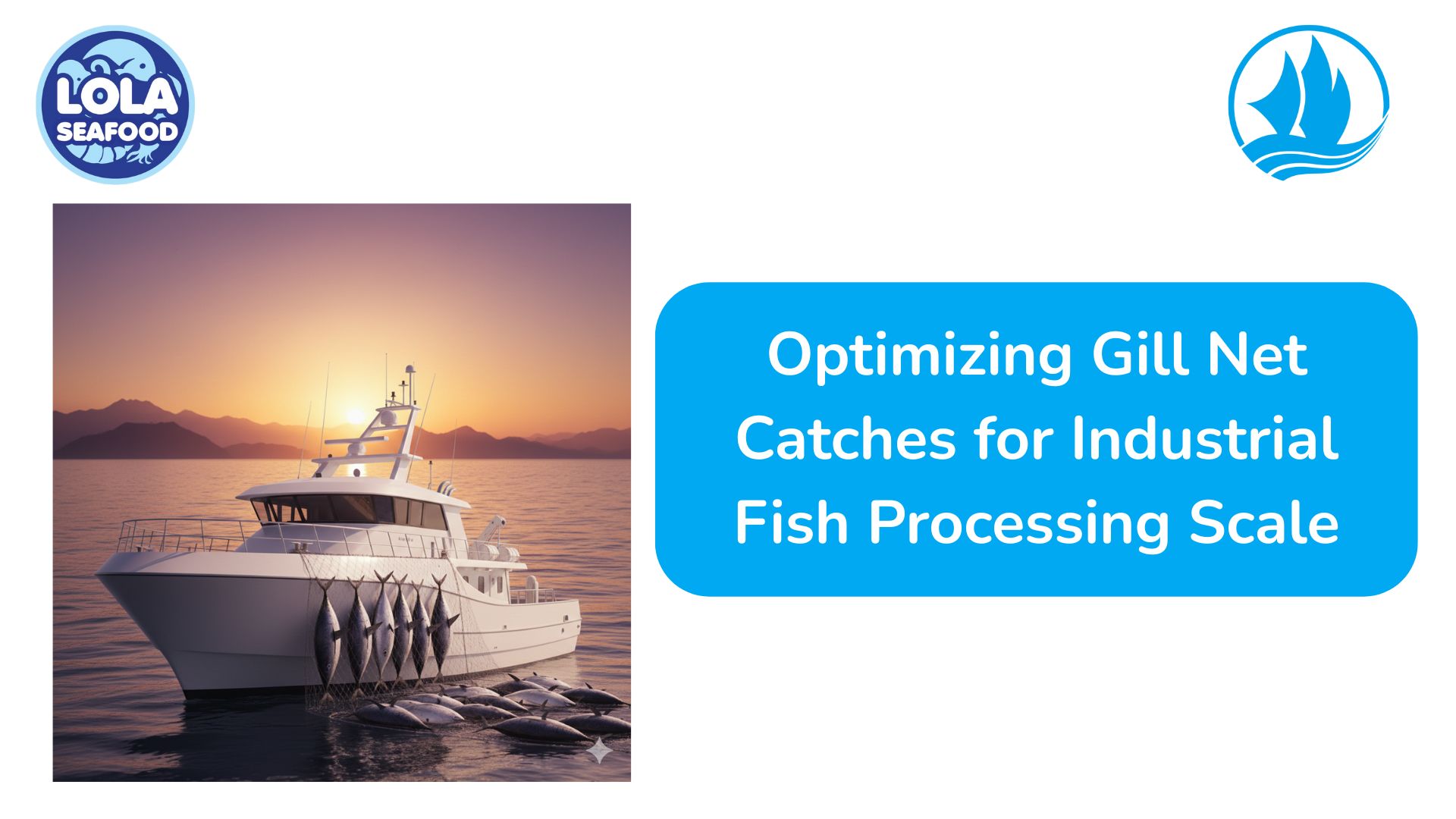
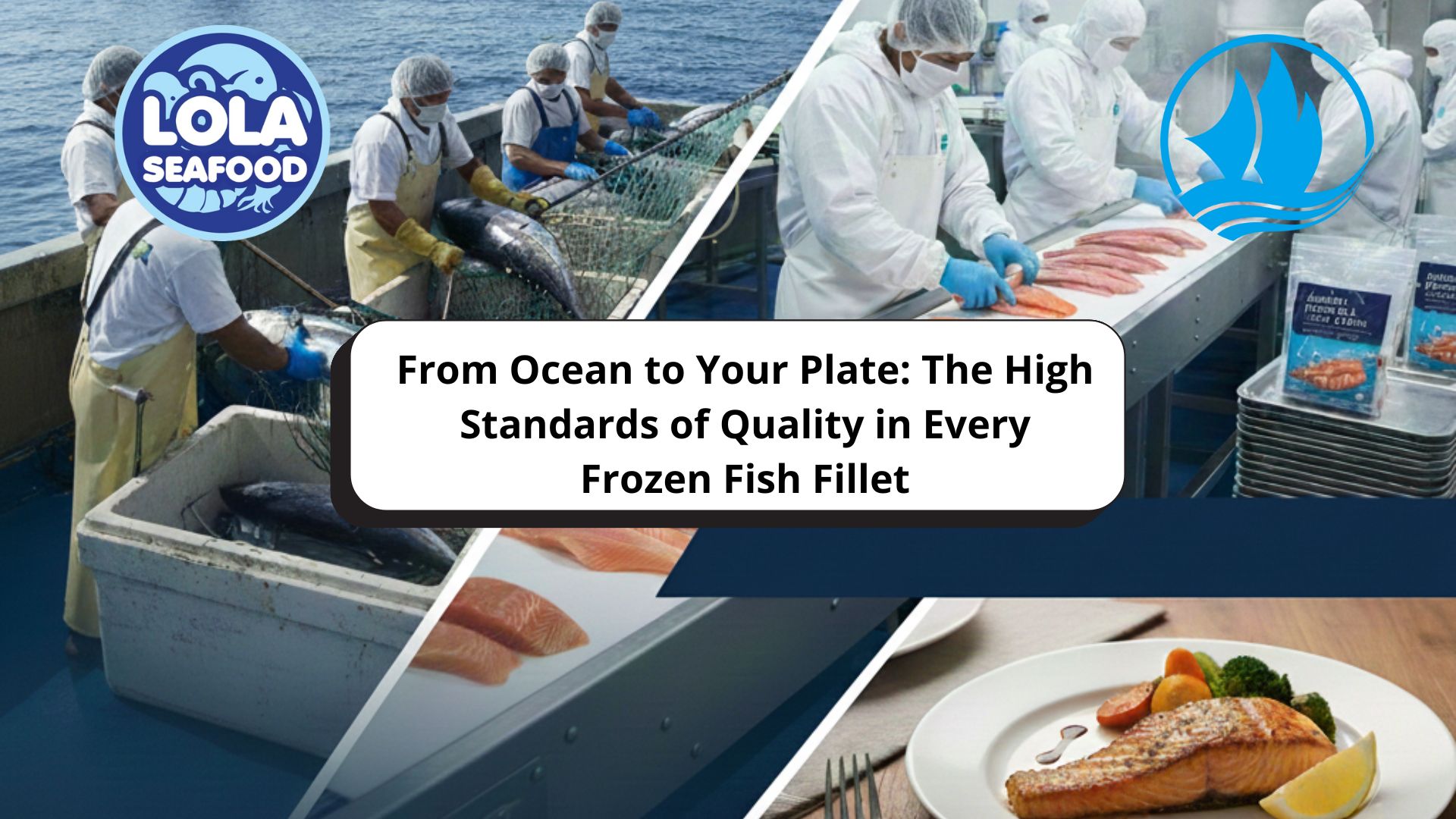
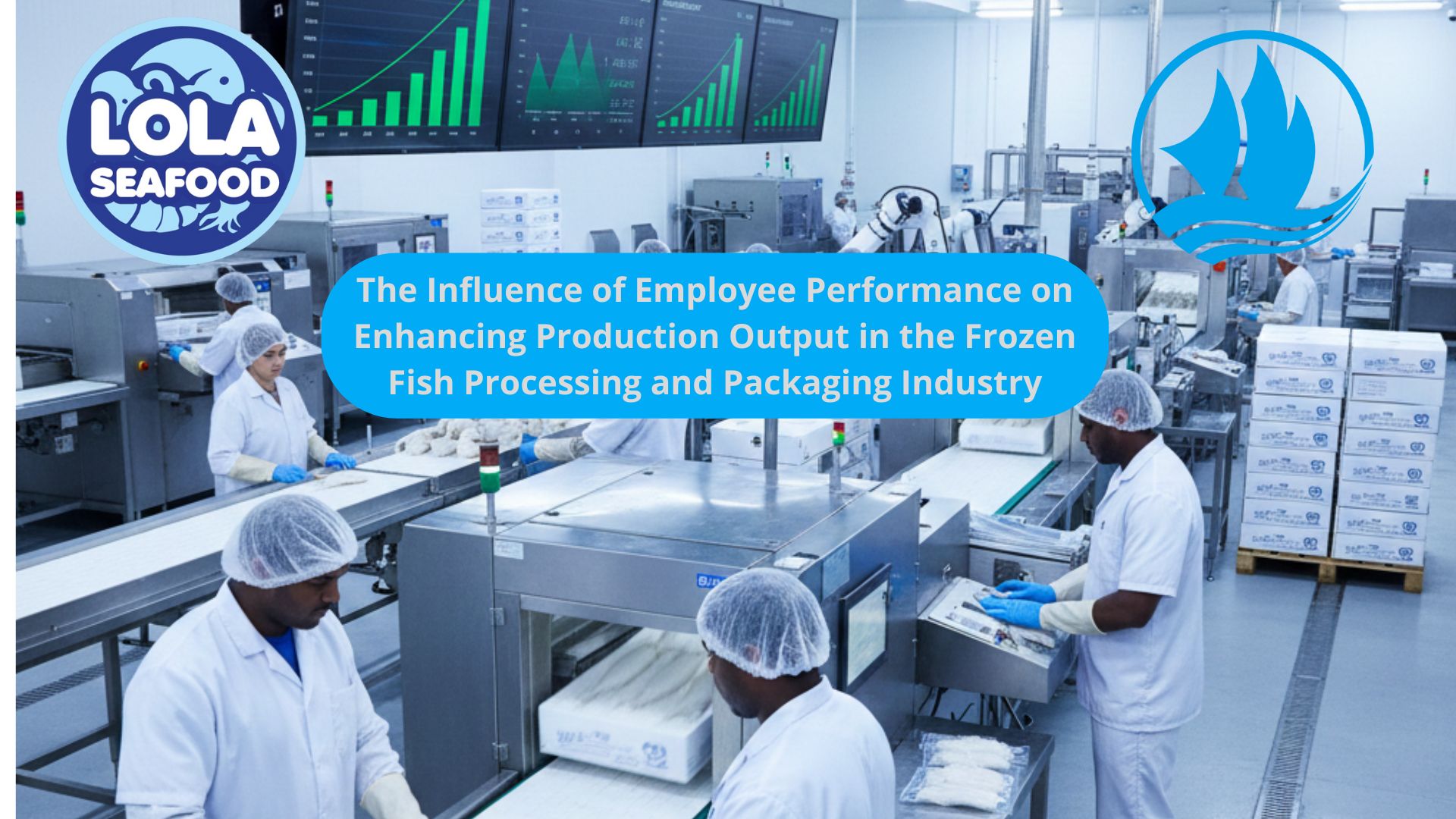
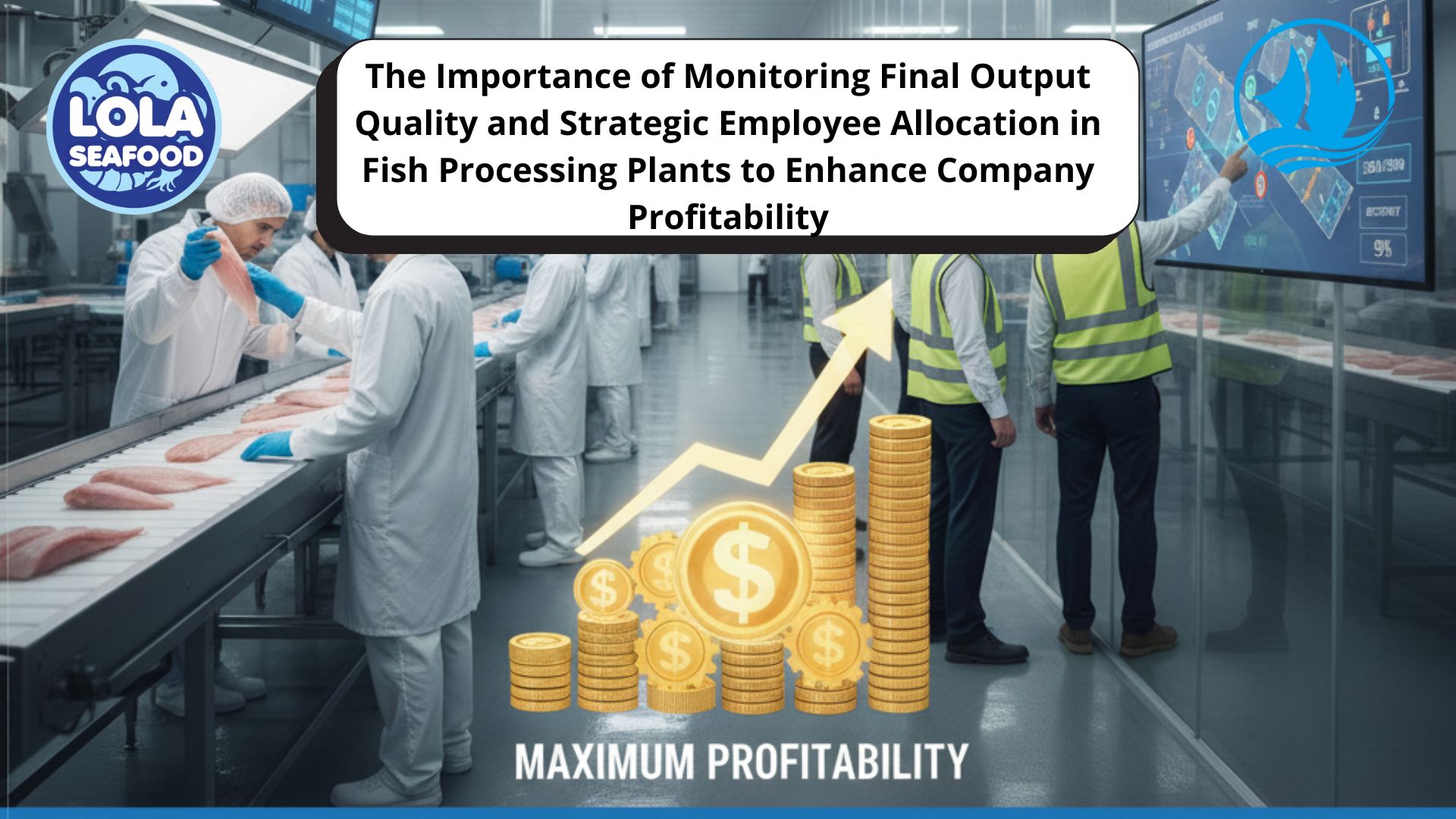
.jpg)
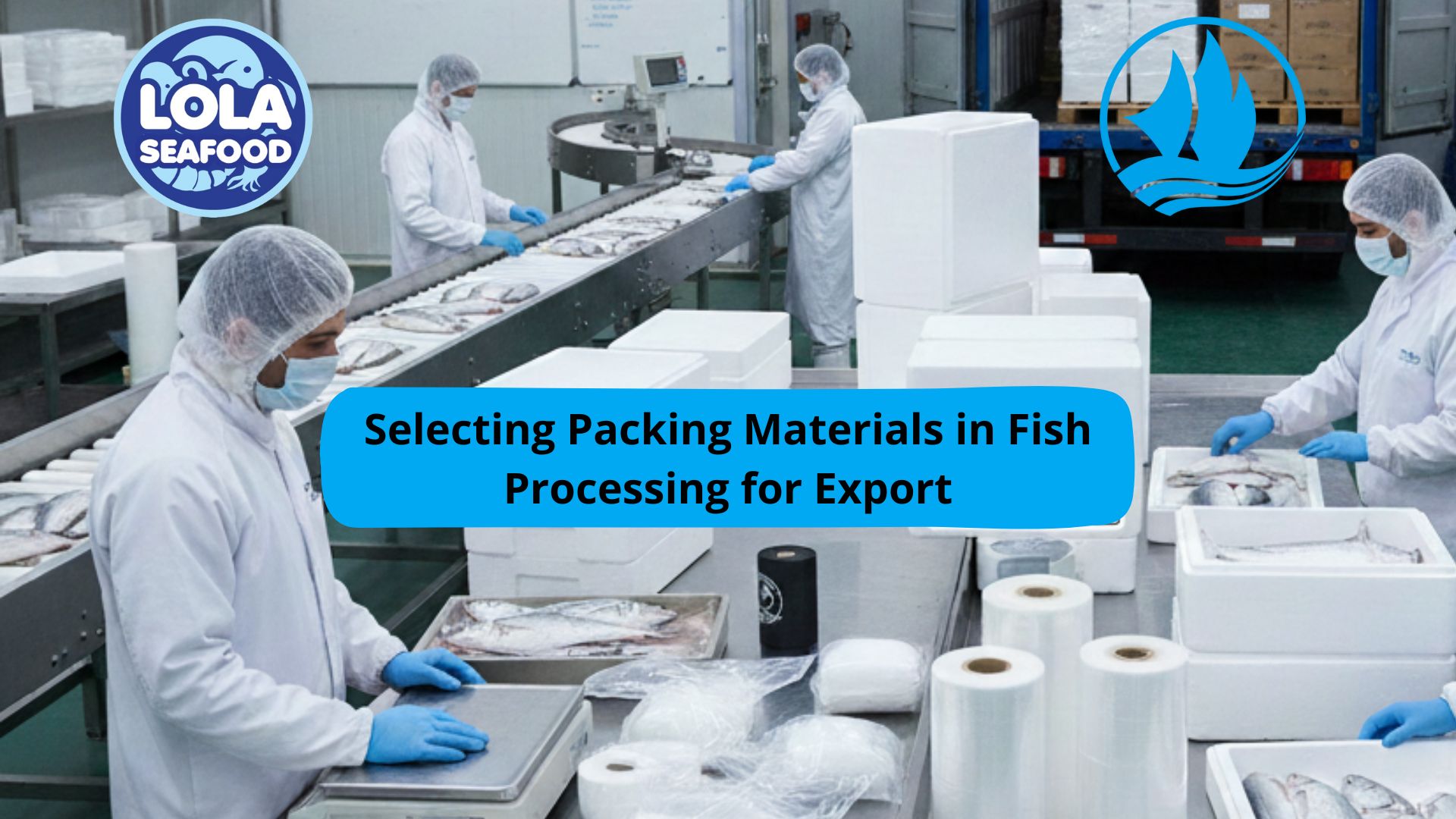
.jpg)
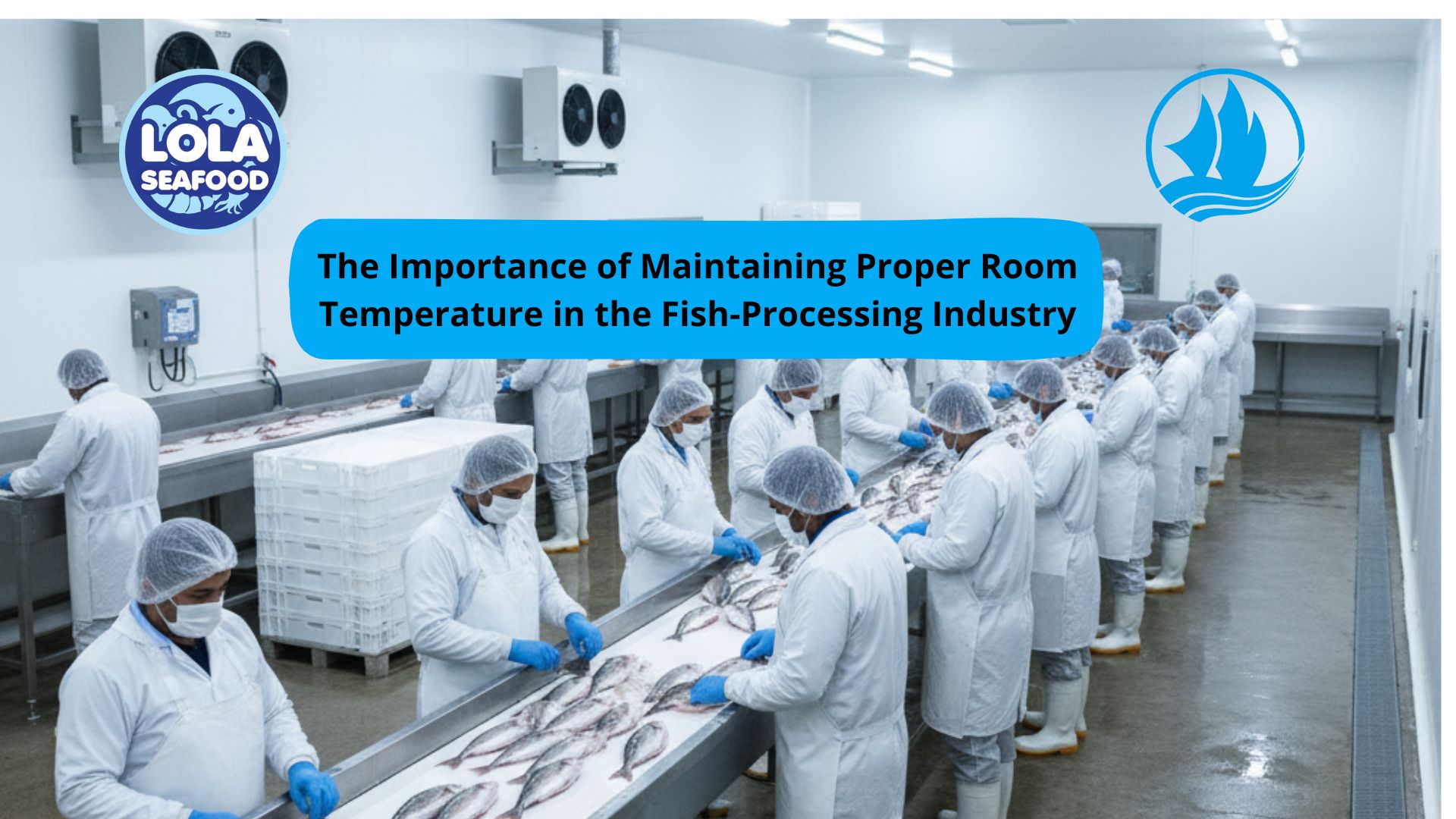
.jpg)